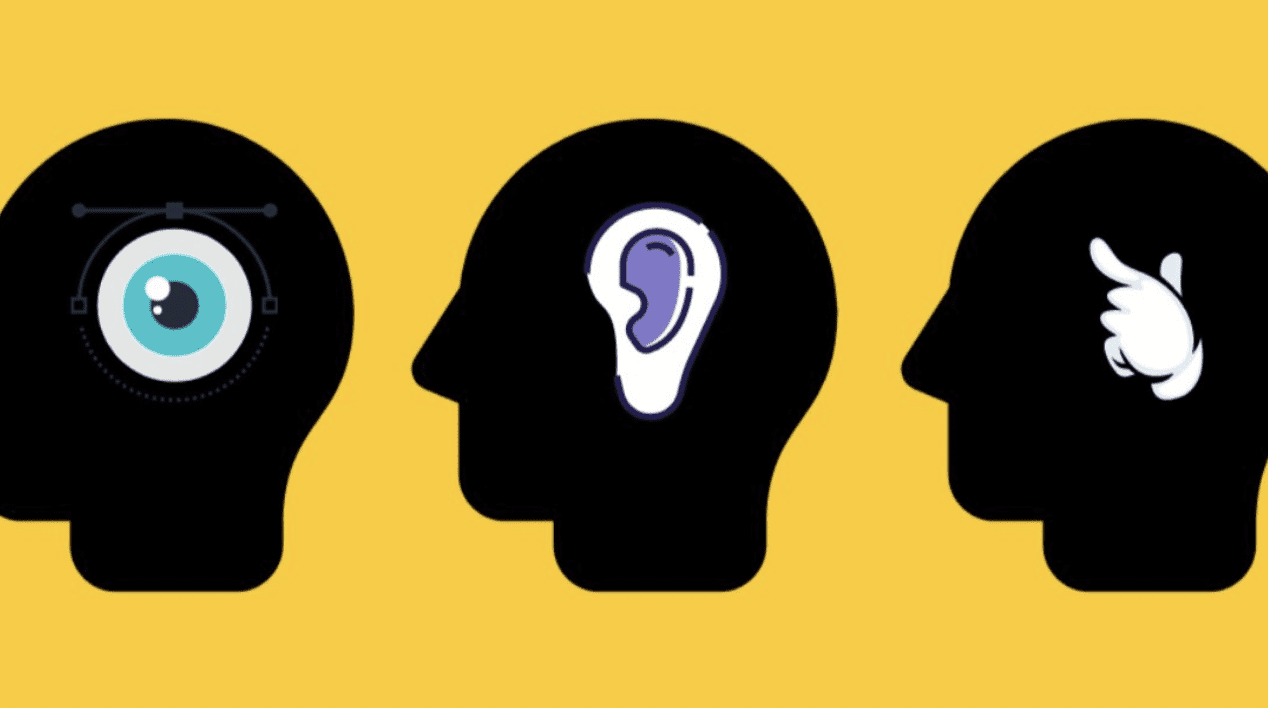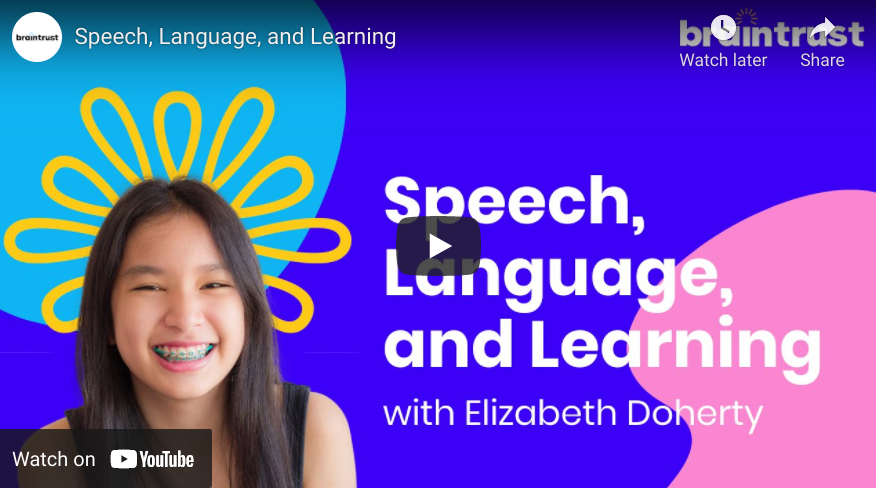
The question of learning style has become a heated one in recent years. That’s because the idea of learning styles has been a part of teacher training for decades, yet there isn’t a huge amount of data to illustrate the effectiveness of using this information in the classroom. In fact, Howard Gardner, the godfather of multiple intelligence, authored this piece to reinforce the idea that a learning style is not an aptitude, but a preference. However, while there is a lot of disagreement on the concept of learning styles, it is still a worthwhile topic to explore. First off, it furthers the conversation around metacognition, which is an important one to have. Secondly, it highlights the importance of multi-sensory instruction. That means lessons that don’t just explain, but also illustrate and include active engagement will always be most effective. While some people are more visual learners, and others learn best by listening or doing, we all learn best with multi-sensory teaching. That being said, it’s always good to learn more and think about learning styles. Read on for a description of each type of learning, and how to support these strengths.
What are the different learning style categories?
The Four Main Categories:
Visual/Spatial: Visual learners absorb information best through observation. They probably prefer to read something than to listen to it. When text is accompanied by pictures, images, and diagrams, they are able to understand it even better. These learners might need to watch a new skill modeled before they can try it themselves.
Auditory-Musical: Students who are auditory-musical learners do best with opportunities for listening. While not all auditory learners are musical, many of them have a good sense of rhythm. Younger auditory learners often learn best when new information is taught through song or rhyme. When they get older, they would probably rather listen to a podcast or audiobook than sit down with a book.
Verbal: These learners are most engaged when they are able to talk or write about new topics. They prefer to ask questions and be a part of a conversation rather than simply sitting and listening. Paraphrasing newly learned information helps them to process it most effectively.
Kinesthetic: These students learn best by doing. They prefer to try a skill right away, rather than watch it or hear about it. Instead of being given the steps, kinesthetic learners would rather discover the steps on their own through exploration. Hands-on activities are the best way for these students to make sense of what they are learning.
Additional Learning Style Categories:
Logical: Also known as mathematical learners, these students look to reason their way through new information with logic. Approaching tasks procedurally makes the most sense to them. These learners prefer when there are rules or steps they can follow in order to understand a given concept.
Social: Students who are social learners would rather be part of a study group than prepare for a test alone. Similar to verbal learners, they like to discuss their learning and hear others’ perspectives. They enjoy collaborating on group projects and are usually great communicators.
Solitary: Solitary learners prefer to work by themselves. They are extremely aware of what they need in order to learn, and best do so when others are not around to distract them.
In Conclusion
Curious about your own learning strengths and challenges? Surveys like this one can help you learn more about your learning profile. However, it’s important to keep in mind that these learning styles by no means dictate how you must learn. Instead, this perspective should simply act as a guide for bringing awareness to your own strengths and preferences. Ultimately, we will all gain the most from multi-sensory learning experiences.




